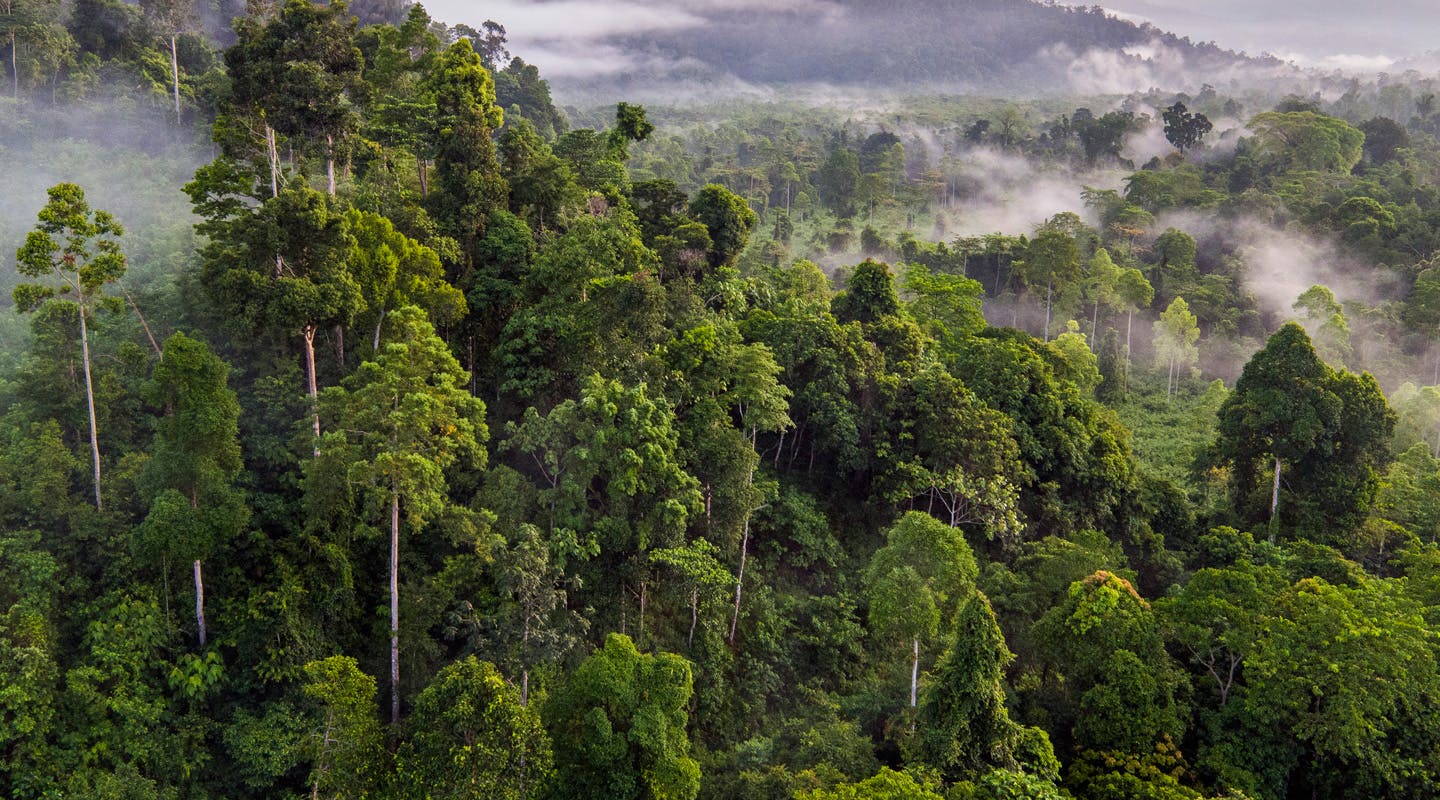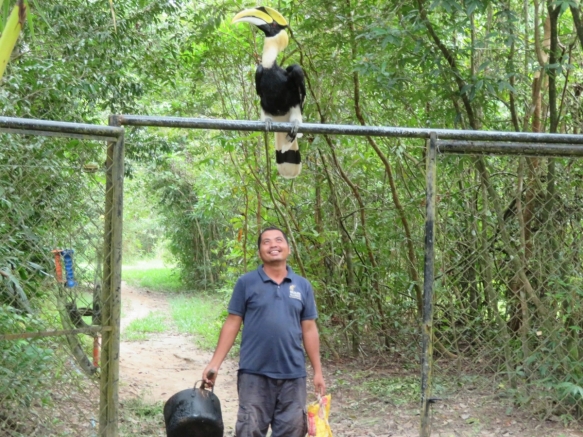Visiting Cambodia’s Cardamom Mountains: What is there to do?
If you’re willing to take the trip, the Cardamom Mountains offers you the chance to experience one of Cambodia’s greatest natural sites. For those crazy about wildlife, the Cardamom Mountains is a must. The rainforest is one of your best chances to see Cambodia’s wildlife, including 450 bird species and more than 55 IUCN threatened species of vertebrates, such as sun bears and Asian elephants. For the adventure seekers, untouched waterfalls, multi-day treks with local guides to significant ecological and cultural sites, the chance to join Wildlife Alliance rangers on patrol, and biking trails are just some of the many excursions available.
Staying in Cambodia’s Cardamom Mountains: Where should I stay?
There are plenty of options available, from homestays run by locals all the way to some of the most luxurious sustainable ecotourism retreats available in Southeast Asia.

Chi Phat and Steung Areng Community-Based Ecotourism villages are run by communities that once relied on destructive rainforest activities as their income who now work with Wildlife Alliance to preserve the environment. Both offer budget conscious travellers a chance to completely immerse themselves in what the Cardamom Mountains has to offer.
Chi Phat’s Community-Based Ecotourism project is located in the southwestern part of the Cardamom Mountains, an ideal destination for tourists looking for an ecological adventure. Visitors can join guides on treks ranging from a few hours to several days. Amongst the most famous of treks available at Chi Phat is a trip to the 500 year-old burial jars linked to the ethnic group that lived in the Mountains at the end or after the fall of the Angkor empire. Other treks at Chi Phat include bird watching, swimming in pristine waterfalls, and bat caves.
The more remote option is a visit to Steung Areng Community-based Ecotourism project, located in the heart of the Central Cardamom Mountains National Park. Similar to Chi Phat, experienced guides can offer you a range of treks, as well as mountain bike and motorcycle tours. Both Chi Phat and Steung Areng have restaurants and the option to stay in homestays with local families.
For those who want to explore the Cardamom Mountains in luxury, there are a range of options available, including Cardamom Tented Camp, 4 Rivers Floating Lodge, and Shanta Mani Wild. All three eco-conscious retreats work with locals to offer a range of different unique experiences, such as joining Wildlife Alliance rangers on patrol, setting up camera traps to monitor wildlife, and a chance to see some of Cambodia’s most famed wildlife.

Elephants in Cambodia’s Cardamom Mountains: Can I see them?
The Cardamom Mountains are home to one of only two viable populations of Asian Elephants in Cambodia. For those wanting to see Asian Elephants in a natural setting, the Cardamom Mountains offer you your best chance in Cambodia. However, the chances of seeing them are quite low given that the population of Asian Elephants sits at around 300 in Cambodia. Despite this, Wildlife Alliance’s Phnom Tamao Wildlife Rescue Center, just outside of Phnom Penh, cares for a number of Asian Elephants that have been rescued. For those who can’t leave Cambodia without seeing an elephant we highly recommend that you take a tour around the Rescue Center with one of Wildlife Alliance’s guides. There’s even the option to join our Phnom Tamao keepers as an ‘Elephant Keeper for a Day’.
The sheer abundance of water in the Cardamoms makes it one of its most important natural resources, with the forest receiving a staggering 3.5 to 4.5m of rainfall annually that supply 22 major waterways. In turn, the Cardamom Mountains supplies water to 16 hydro-power dams across the country that generate an estimated 20% of Cambodia’s electricity. The Cardamom Mountains watershed is also a source of drinking and irrigation water to thousands of people living in rural communities. The Cardamoms importance stretches far beyond Cambodia. Forests in Southeast Asia have been found to influence rain patterns in Europe and China, making the Cardamom Mountains important to farming communities not just in Cambodia, but globally.
Without a doubt, the Cardamom Mountains is one of the greatest places in Cambodia for wildlife. The Mountains have long been separated from other similar forests in Asia, making it a center for endemic species. They support more than 55 IUCN threatened species of vertebrates, including the Pileated Gibbon, the Siamese crocodile, the Sunda Pangolin, and the Malayan sun bear. The most famous resident species though has to be the Asian elephant. Despite 38 Asian elephants being poached between 2000 and 2004, Wildlife Alliance’s active ranger patrols have achieved zero elephant poaching since 2006. The Cardamom Rainforest Landscape has also been identified as one of two locations for the potential reintroduction of the Indochinese tiger, a species not sighted in Cambodia since 2007.










